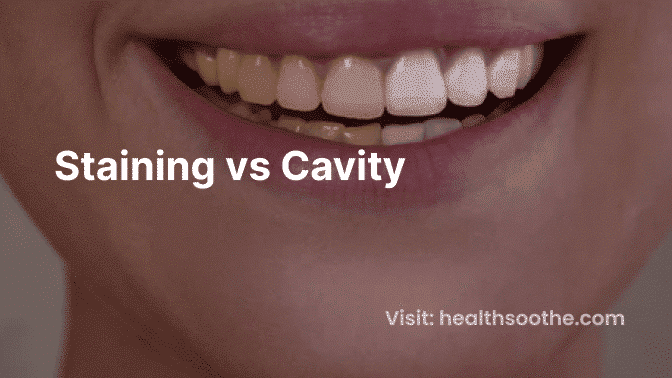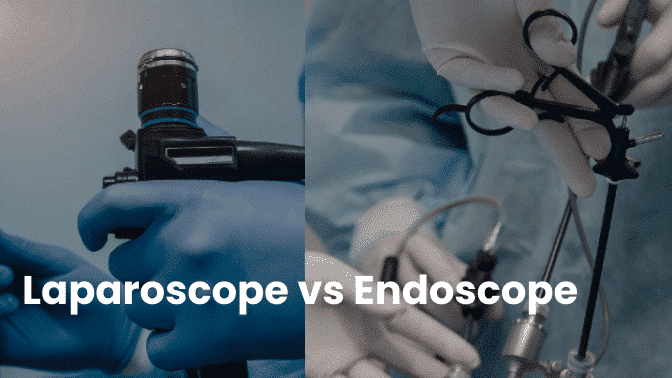Good dental health is essential for maintaining a confident smile and overall well-being. Two common issues that can affect our teeth are staining and cavities.
In this article, we will explore the differences between staining and cavities, their causes, prevention strategies, and available treatment options.
What is staining?
Dental staining refers to the discolouration of teeth caused by various factors. It can occur on the surface of the teeth (extrinsic staining) or within the tooth structure (intrinsic staining).
Extrinsic staining is usually caused by external sources such as food and beverages like coffee, tea, and red wine, tobacco use, and certain medications.
Intrinsic staining, on the other hand, is often a result of developmental conditions, trauma, or excessive fluoride exposure.
Preventing staining
While some staining is inevitable, there are preventive measures you can take to minimize its occurrence. Regular brushing and flossing help remove plaque and reduce surface stains. It is also important to avoid or limit consumption of stain-causing substances.
If you cannot resist that cup of coffee or glass of red wine, consider using a straw to minimize direct contact with your teeth. Additionally, practising good oral hygiene and visiting your dentist regularly for professional cleanings can help prevent staining.
What are cavities?
Cavities, also known as dental caries or tooth decay, are permanently damaged areas on the tooth's surface. They are caused by a combination of factors, primarily the interaction between bacteria in the mouth, acids produced by these bacteria, and food particles left on the teeth.
Over time, the acids erode the tooth enamel, creating small holes or cavities. If left untreated, cavities can progress deeper into the tooth, reaching the sensitive inner layers and potentially causing infections and tooth loss.
Preventing cavities
Prevention is key when it comes to cavities. Brushing your teeth at least twice a day with fluoride toothpaste helps remove plaque and strengthen the tooth enamel. Flossing daily is crucial for cleaning the areas between your teeth where cavities often develop.
Additionally, a balanced diet low in sugary and acidic foods and drinks can help minimize the risk of cavities. Regular dental check-ups allow your dentist to detect and treat cavities in their early stages, preventing further damage.
Staining vs. Cavities: Key differences
Staining and cavities differ in their nature, progression, and impact on oral health. Staining is primarily a cosmetic issue that affects the appearance of teeth.
Although it can be concerning, staining typically remains superficial and can be addressed with various treatments, such as professional dental cleaning, teeth whitening, or cosmetic dentistry procedures.
On the other hand, cavities are a dental health concern. If left untreated, they can lead to more significant complications, such as infections, tooth loss, and the need for more extensive dental interventions like fillings, crowns, or root canal therapy.
Read Also: Seven Amazingly Simple Things You Can Do to Prevent Dental Cavities
Treatment options for staining
Treatment options for staining aim to improve the appearance of teeth by reducing or eliminating the discolouration. Here are some common treatment options for staining:
- Professional dental cleaning: Regular dental cleanings performed by a dentist or dental hygienist can effectively remove external stains from the tooth surface. This process involves scaling to remove plaque and tartar buildup, followed by polishing to remove surface stains.
- Teeth whitening: Teeth whitening procedures are popular for brightening and lightening tooth colour. There are two main types of teeth whitening methods:
- Over-the-counter whitening products: There are numerous over-the-counter whitening products available, such as whitening toothpaste, whitening strips, and whitening pens. While these products may help remove some surface stains, they generally provide more modest results compared to professional treatments.
- Cosmetic dentistry procedures: In cases of severe staining that doesn't respond to traditional whitening methods, cosmetic dentistry procedures may be recommended. These procedures focus on concealing or covering stained teeth. Two common options are:
Treatment options for cavities
Treatment options for cavities aim to remove the decayed tooth material and restore the affected tooth structure. Here are the common treatment options for cavities:
- Dental fillings: Dental fillings are the most common treatment for cavities. The decayed portion of the tooth is removed, and the resulting cavity is filled with a suitable material. The two primary types of dental fillings are:
- Dental crowns: When a cavity is extensive and has compromised a significant portion of the tooth structure, a dental crown may be recommended. A crown is a custom-made cap that covers the entire visible portion of the tooth above the gum line. It provides strength, and protection, and restores the tooth's shape, size, and appearance. Dental crowns are typically made of materials like porcelain, metal alloy, or a combination of both.
- Inlays and onlays: Inlays and onlays, also known as indirect fillings, are used when the cavity is too large for a regular filling but not extensive enough to require a dental crown. Inlays are used when the cavity is confined to the tooth's centre, while onlays extend to one or more cusps or biting surfaces. These restorations are fabricated in a dental laboratory and then bonded to the tooth.
- Root canal therapy: When a cavity reaches the innermost layer of the tooth, called the pulp, it can cause significant pain and infection. Root canal therapy may be necessary to save the tooth. During this procedure, the infected or inflamed pulp is removed, and the root canal is cleaned, shaped, and filled with a biocompatible material. Afterwards, a dental crown is often placed to protect the weakened tooth structure.
- Tooth extraction: In severe cases where the cavity has extensively damaged the tooth beyond repair, extraction may be the only option. Following the extraction, options for tooth replacement, such as dental implants, bridges, or dentures, can be discussed.
Conclusion
Staining and cavities are common dental issues that can impact our oral health and confidence. While staining primarily affects the appearance of teeth, cavities pose a more significant threat to dental health if left untreated.
By practising good oral hygiene, maintaining a healthy diet, and visiting your dentist regularly, you can minimize the risk of both staining and cavities.
Remember, prevention is key, but if you do experience staining or cavity-related concerns, consult with your dentist to explore appropriate treatment options and regain a healthy, beautiful smile.



